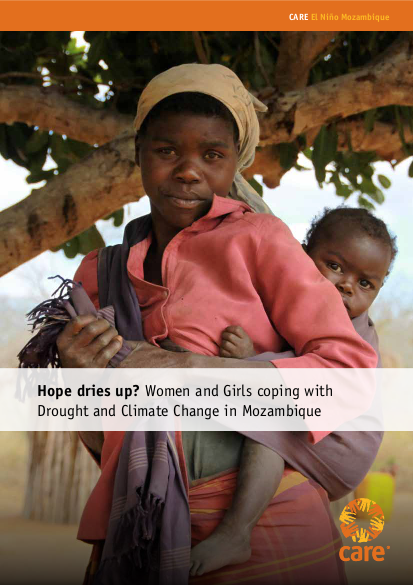
In Mozambique the current El Niño induced drought, the worst in 35 years, has led to significant changes in dietary diversity and consumption patterns particularly among women and adolescent girls. During the onset of the drought, 91.9% of the female headed households did not have adequate food provisions generated in the 4-month agricultural season to meet household consumption needs beyond 11 months. As such, up to 80% of households in the drought zone were forced to only consume two meals per day and 6% of households consume food only once per day.2 In response to the drought households have reported a reduction in the number of meals per day down to one for the very poor and poor households. The very poor, poor and middle income households increase wild food consumption well beyond the level consumed in normal years. From September 2016 onwards, at least 62,915 children are expected to be acutely malnourished (within the next 6 months) in the 6 drought-affected provinces of Mozambique.
For many women under the age of twenty, the current drought is the first catastrophic event in which they must provide food and income for themselves and their children. Within the drought-affected communities, most of the younger adolescent mothers interviewed were unable to identify short, medium or long-term strategies to address their basic needs. These women were fully focused on meeting consumption shortfalls within an immediate 24-hour window and had no contingencies in place to address longer-term shortfalls